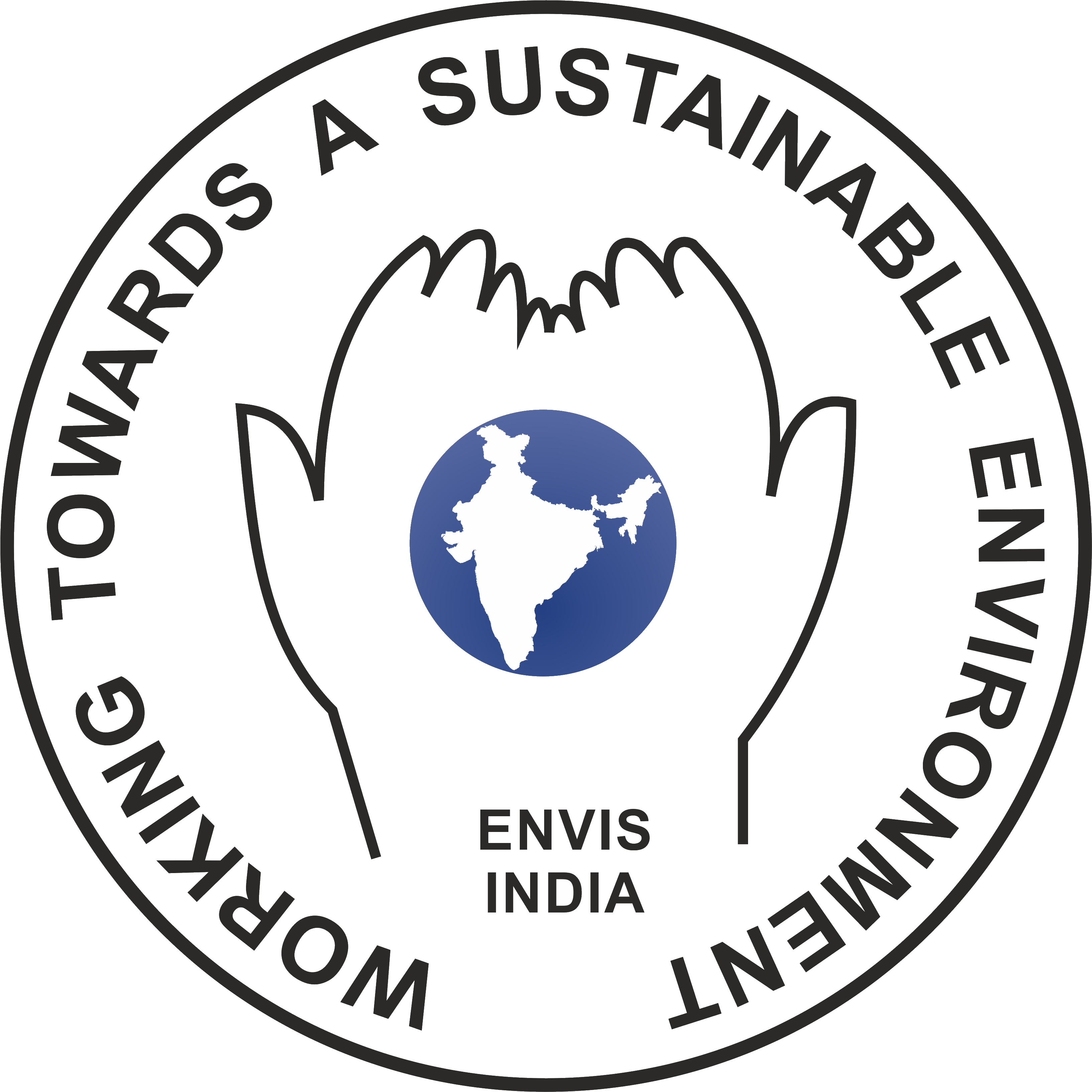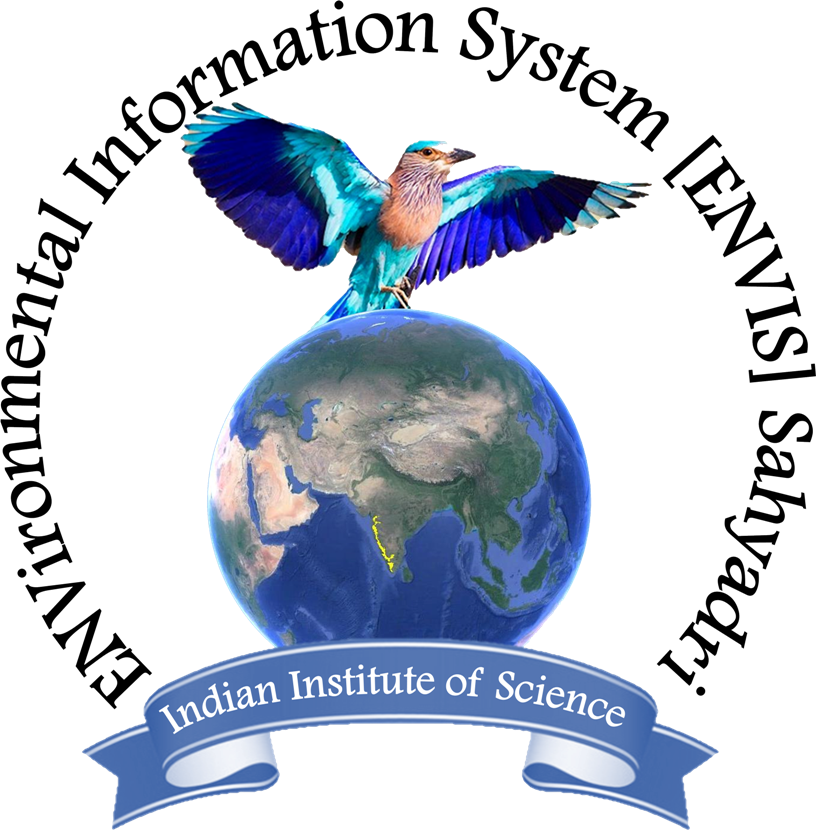Rejuvenation & Sustainable Management of Gokarna Temple Pond - KotiteerthaCite
Ramachandra T V, Durga Madhab Mahapatra, Subash Chandran M D, Sincy V, Asulabha K S, Rao, G R, Vishnu D. Mukri, Akhil C A
ENVIS[RP], Environmental Information System, Energy and Wetlands
Research Group,
Centre for Ecological Sciences, Indian Institute of Science -
560012
envis.ces@iisc.ac.in
tvr@iisc.ac.in Phone:
080 22933099/22933503
Introduction
Wetlands (ponds, lakes, tanks, etc.) constitute the most productive ecosystems with a wide array of goods and services. These ecosystems serve as life support systems; serve as habitat for a variety of organisms including migratory birds for food and shelter. They aid in bioremediation and hence aptly known as 'kidneys of the landscape'. Major services include flood control, wastewater treatment, arresting sediment load, drinking water, protein production, and more importantly recharging of aquifers apart from aiding as sinks and climate stabilizers. The wetlands also function as wild fauna sanctuary, with public access. These ecosystems are valuable for education and scientific endeavours due to rich biodiversity.
Harvesting of rainwater through wetlands (ponds, constructed tanks and lakes) is being practiced in India since the time immemorial. These man-made ponds have been used as an alternate source of drinking water and have been employed for domestic and irrigation purposes (Arya et al., 2011; Gupta et al, 2011; Mahapatra et al., 2011a; Mehta, 2013; Ramachandra, 2001; Ramachandra and Rajinikanth, 2005). Temple ponds also referred as kunds/pushkarni/tirtha are created in enclosures of the temple premises to meet the water requirement for rituals in the temple. Efforts to maintain the sanctity of these water bodies were in practice by regular maintenance and also by restricting the use of water for anthropogenic purposes (such as community bathing, washing of cloth, etc.). These ponds in the temple vicinity serves myriads of benefits (groundwater recharge, providing uncontaminated water for rituals, etc.) while maintaining a good microclimate in the locality. These ponds not only act as perennial source of water for temple rituals but also maintains a good water balance in the region (Arya et al, 2011) and conserve the aesthetics of the locality. Sacred forests (with native flora) in the watershed of historic temple ponds ensures water availability during all seasons. Earlier studies in Uttara Kannada and Shimoga districts highlight that forests and water are intrinsically intertwined as forested watersheds have significantly helpful in infiltration of rainfall. The nature of vegetation in the catchment plays vital role in the ground water recharge, runoff and soil moisture conditions, soil erosion and soil quality (Ramachandra et al., 2012; Ray et al., 2014). Historically, the overall forest disturbance in the Western Ghats increased in spatial extent as well as in intensity, during the post World war era, with the emphasis on industrialization and economic development. Forest based industries coupled with large scale hydroelectric projects and conversions of forest land for agriculture have contributed significantly in the decline of primeval forests.
Land use and land cover changes with the unplanned developmental activities in the district coupled with growing demand of land for agriculture and horticulture in the district have further accelerated deforestation. Decline in native forest cover in the watersheds of rivers, lakes and ponds has resulted in the conversion of perennial to seasonal water bodies. This necessitates measures to safeguard the water resources within the auspices of holy places and temples (Mahananda et al, 2010). As the water from these water bodies are meant to be used for rituals, there are ample chances to revive the water quality through community's active participation in rejuvenation as well as regular maintenance and management.
Gokarna in Uttara Kannada, being one of the pious destination (for pilgrims from various parts of the country) for performing rituals and pay homage to the departed soul/s. These rituals are performed (rituals of pithru karma - Pitrupurusha shraddh) throughout the year closer to the heritage temple pond - Kotiteertha. Subsequently, ritual offerings (comprising of rice balls, flowers, leafs, paddy, banana, linseed, etc.) are disposed in the temple pond. Sustained disposal of large quantity of organic constituents of the ritual offerings (by about 200-250 pilgrim families daily) has enriched the pond with nutrients (C and N). Increased pilgrims and consequent human activities have resulted in deteriorating water quality in the pond comparable to the earlier reports on temple ponds (Pal et al., 2012; Chaurasia and Pandey 2007; Gupta et al, 2011). Also, bathing (with soap) and washing (cloth with detergents) has further enriched the system with nutrients (N and P). Earlier studies in the pond ecosystem have also reported organic enrichment due to bathing (Chaturvedi and Kumar, 2011), and ritual debris (such as flowers, rice, fruits, leafs, coconut shells, saturated and unsaturated fats and occasionally cloth pieces, etc.). This is amplified with the unscientific waste disposal practices, sanitary liquid wastes (Raju et al., 2011) with the lifestyle changes of the residents and pilgrims (use of plastics, etc.) in the immediate vicinity.
Investigations of physico-chemical with biological parameters provide vital insights to the nutrient enrichment and also the trophic status (Ramachandra et al., 2001; 2003; 2005; 2007; 2009; 2015; Sharma et al, 2009; Mahapatra et al., 2011a,b,c; 2013). However, the influence of meteorological conditions and catchment integrity (Arya et al, 2011) also influences the water quality. Investigations of abundance and the distribution of biota aid in assessing the agents of water quality deterioration (Mahapatra et al., 2011). In this context, investigations were carried out by collecting water and biotic samples from the temple pond, to assess


 Sahyadri ENews Issues: I - LXXVIII
Sahyadri ENews Issues: I - LXXVIII
